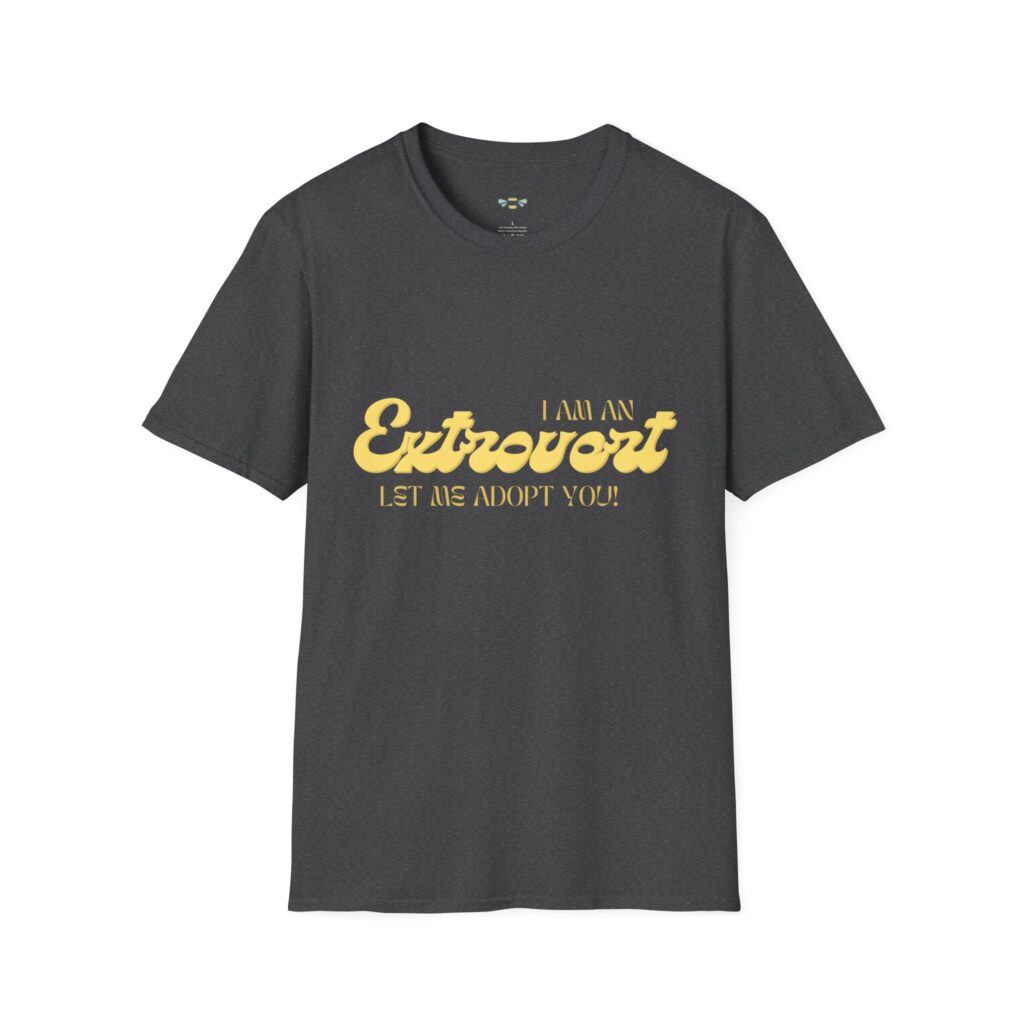A little over five years ago, someone who is now a friend of mine joined my church congregation. As an introvert, he was uncomfortable with the new setting and looked around the crowd eagerly for a familiar face. He found one. It was me, and I was and am delighted to be that rock for him. Over the years, we have “adopted” many other friends as they came. I’ve learned to better understand all types of people; introverts, extroverts, and ambiverts.
Social Anxiety
As someone who has social anxiety, I find it hard to create an interaction on my own, so I relate to having a comfort person in a place where I feel uneasy. I take an example from a meme I saw a while back, that I regret that I cannot find at this time. It talked about needing your friend to come get you from your car to enter a party. Unfortunately, I know all too well the feeling. Many times, I have driven to a get-together or party and either waited for another person to arrive to walk up the steps to the house, or just chickened out and gone home.
I Know Introverts, Extroverts, & Ambiverts
From that last story, you may imagine me as a person who does not enjoy being around people, or at least, doesn’t like to meet new ones. That is far from the truth. I joined that previously mentioned church congregation over eight years ago now. There has been a lot of transition throughout that time of people moving in and out, however, I had gotten to know the makings of this group so well that there were multiple times that the exact phrase was asked, “You know everyone in the [congregation], right?” To which the answer was no–but almost yes. I introduced myself to each newcomer every Sunday as I could, and memorized many names.
Introverts, extroverts, and ambiverts are personality types we can define from the Myers-Briggs 16 personalities. This personality type reflects how you receive energy, take in information, make decisions, and how you approach the world. This post reviews specifically how a person receives energy.
Introverts
Within the Myers-Briggs personality assessment, the first letter indicates introversion as an I, or extroversion as an E. Introverts are defined as people who get their energy from being by themselves. That doesn’t mean they don’t like to use energy to interact with other people. Introversion does not equate to being shy, especially when they get to know someone and have a higher comfort level with that particular person. Introverts do tend to enjoy the idea of “parallel play” or spending time together but still doing their own thing.
Introverts are usually more reserved with others, especially those they are not familiar with. They sometimes have a harder time making more numerous connections with people. Introverts tend to stick with the people they already know and are comfortable with so they feel more secure in new situations. They tend to prefer one-on-one conversations to group settings. Introverts also tend to have more creative outlets and thrive in those pursuits. They are usually more thoughtful, but have a harder time making on the spot decisions.
Extroverts
Extroversion, as previously mentioned, is part of the Myers-Briggs 16 personalities, signified by the first letter. Extroverts get energy from being in social situations and thrive in group settings. They are often conversational and love team building, collaborative environments. Since extroverted people tend to be more social, they create easy connections with other people. People who have this personality type are often expressive and outgoing, making them good in leadership roles. Because of this, someone I know in a leadership position is often confused for an extrovert in a work setting.
Extroverts may face challenges in environments where they are alone for a prolonged period of time. They may also be overwhelming for some people who prefer solitude at times. In my experience, I interact with an extroverted person frequently, my mother. There are many times when I am with her and I need to find a way out of the conversation to recharge.
Ambiverts
Ambiverts are defined as a combination of an extrovert and an introvert. As someone who has taken the Myers-Briggs personality test more than once and gotten both predominantly extrovert and predominantly introvert on different occasions, I find myself defined as an ambivert. For me, it has always depended on who I am with and my comfort levels with those people. I find this a part of code switching, which is alternating between parts of your personality and way of communicating with different people or groups.
Ambiverts are good at bridging a gap between introverts and extroverts.
Some people believe that you have the same personality type throughout your life, and don’t change if you are an introvert or extrovert. While that may be true for some people, I have found myself being pulled in different directions depending on where I am in my life and growth as well as who I am interacting with at the moment.
Final Thoughts
Personalities are fickle to figure out, but one of the most known indicators of personality types is introversion or extroversion. Sometimes you don’t fit those boxes, and you fluctuate between the two. Between code switching and personal growth, there is much to be said about ambivert personalities.

